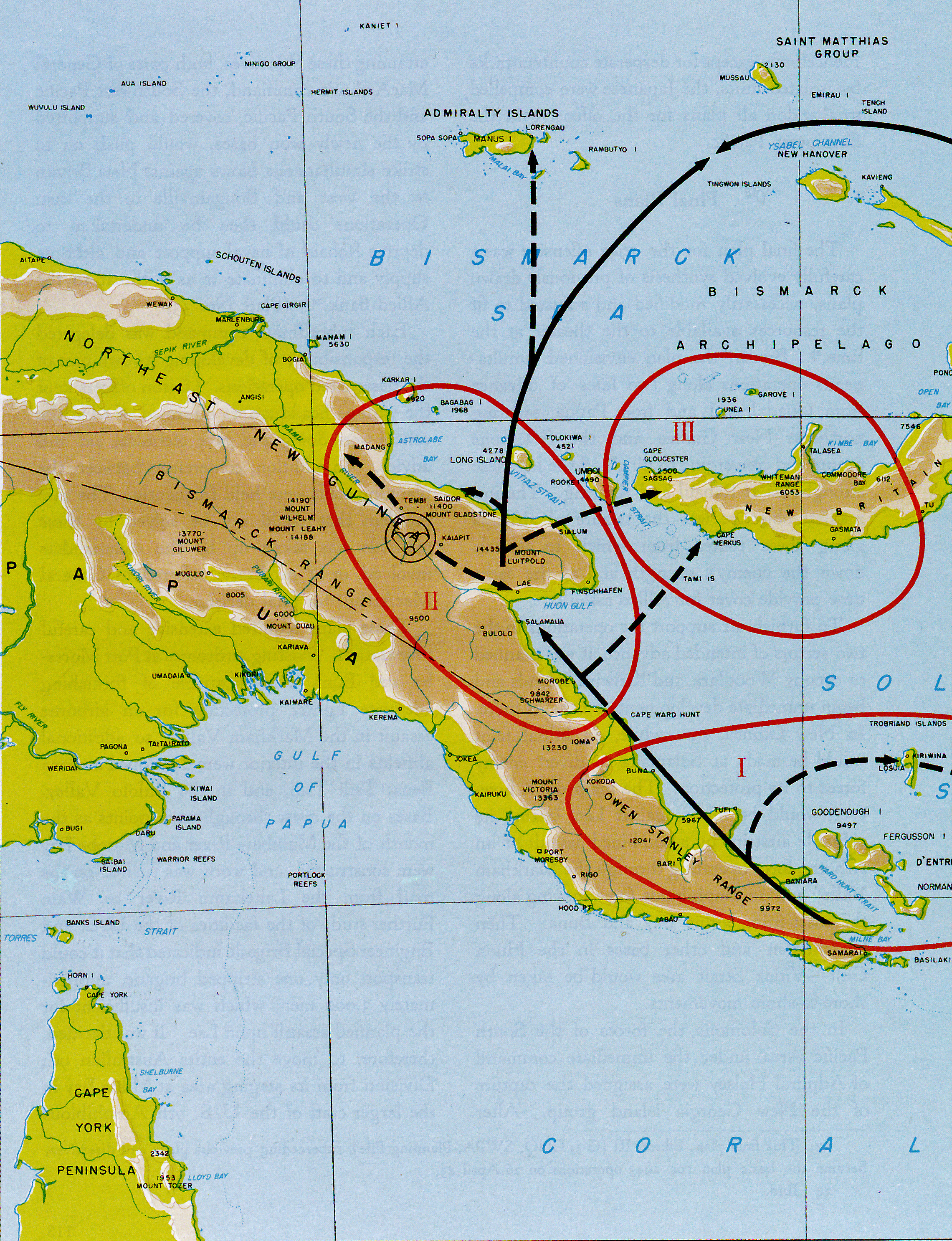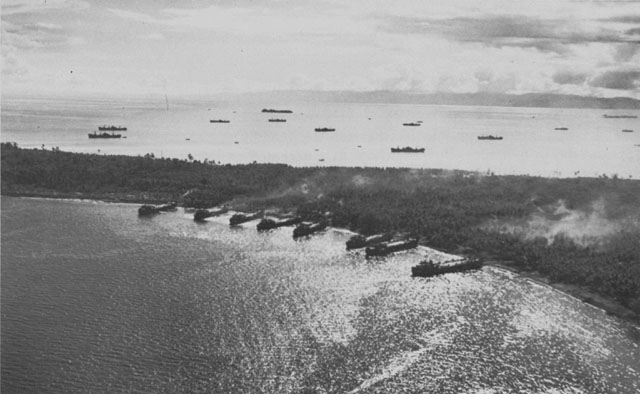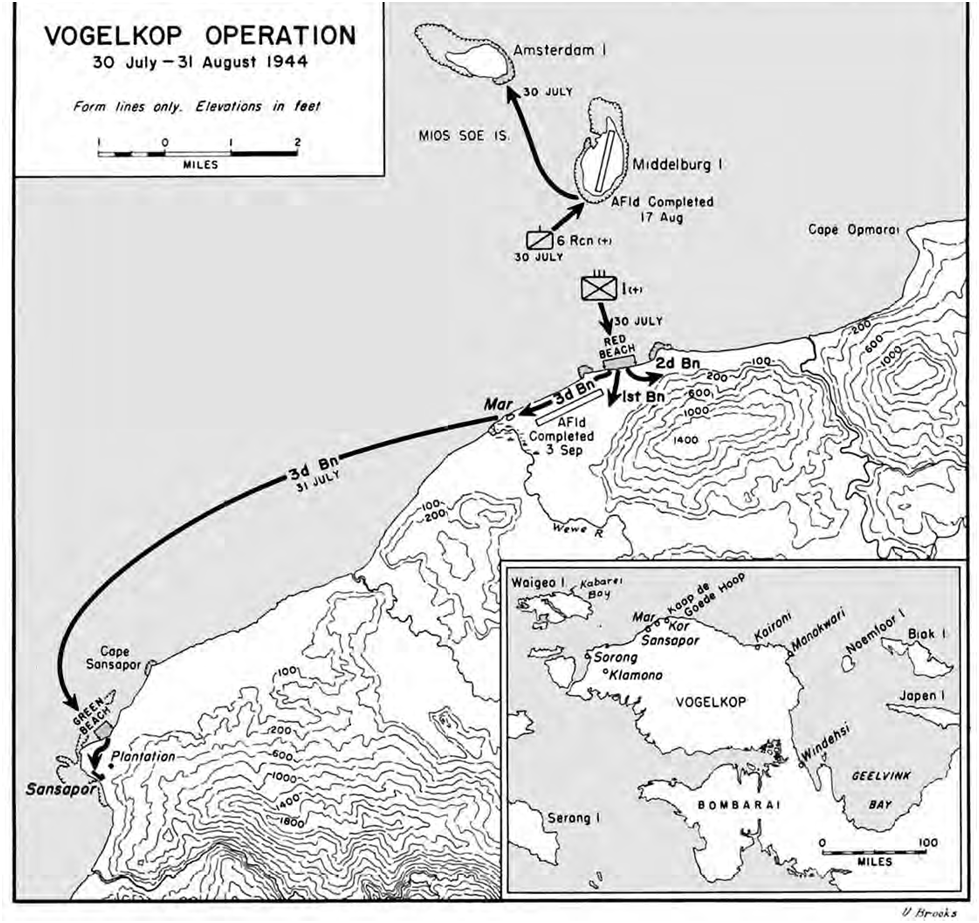|
USS LST-22
USS ''LST-22'' was a United States Navy used exclusively in the Asiatic-Pacific Theater during World War II and staffed by a United States Coast Guard crew. Like many of her class, she was not named and is properly referred to by her hull designation. Construction ''LST-22'' was laid down on 5 November 1942, at Pittsburgh, Pennsylvania, by the Dravo Corporation; launched on 29 March 1943; sponsored by Mrs. W. A. Barnes. She was floated down the Ohio and Mississippi rivers by a Navy ferry crew to the Naval Section Base, Algiers, Louisiana, in May 1943. ''LST-22'' was formally commissioned on 16 June 1943. She then proceeded on her shakedown cruise to Panama City, Florida. Service history During the war, ''LST-22'' served exclusively and extensively in the Asiatic-Pacific Theater from September 1943 until November 1945. ''LST-22'' sailed from Galveston, Texas, on 19 July 1943, with Convoy HK 109 heading for Key West, Florida, where she arrived on 23 July. ''LST-22'' join ... [...More Info...] [...Related Items...] OR: [Wikipedia] [Google] [Baidu] |
Landing Vehicle Tracked
The Amphibious Vehicle, Tracked (LVT) is an amphibious warfare vehicle and amphibious landing craft, introduced by the United States Navy and United States Marine Corps. (The USN and USMC use "L" to designate Amphibious vessels, also called "L class.") The United States Army, Canadian Army and British Army used several LVT models during World War II, and referred to those vehicles as "Landing Vehicle, Tracked." Originally intended solely as cargo carriers for ship to shore operations, they evolved into assault troop and fire support vehicles. The types were known as amphtrack, "amtrak", "amtrac", etc. (portmanteaus of "amphibious tractor"), and "alligator" or "gator." Development The Alligator The LVT had its origins in a civilian rescue vehicle called the ''Alligator''. Developed by Donald Roebling in 1935, the Alligator was intended to operate in swampy areas, inaccessible to both traditional cars and boats. Two years later, Roebling built a redesigned vehicle wit ... [...More Info...] [...Related Items...] OR: [Wikipedia] [Google] [Baidu] |
Admiralty Islands Campaign
The Admiralty Islands campaign (Operation Brewer) was a series of battles in the New Guinea campaign of World War II in which the United States Army's 1st Cavalry Division took the Japanese-held Admiralty Islands The Admiralty Islands are an archipelago group of 18 islands in the Bismarck Archipelago, to the north of New Guinea in the South Pacific Ocean. These are also sometimes called the Manus Islands, after the largest island. These rainforest-co .... Acting on reports from airmen that there were no signs of enemy activity and the islands might have been evacuated, General (United States), General Douglas MacArthur accelerated his timetable for capturing the Admiralties and ordered an immediate reconnaissance in force. The campaign began on 29 February 1944 when a force landed on Los Negros Island, Los Negros, the third-largest island in the group. By using a small, isolated beach where the Japanese had not anticipated an assault, the force achieved tactical surpris ... [...More Info...] [...Related Items...] OR: [Wikipedia] [Google] [Baidu] |
Asiatic–Pacific Campaign Medal
The Asiatic–Pacific Campaign Medal is a United States military award of the Second World War, which was awarded to any member of the United States Armed Forces who served in the Asiatic-Pacific Theater from 1941 to 1945. The medal was created on November 6, 1942, by issued by President Franklin D. Roosevelt. The medal was designed by Thomas Hudson Jones; the reverse side was designed by Adolph Alexander Weinman which is the same design as used on the reverse of the American Campaign Medal and European-African-Middle Eastern Campaign Medal. There were 21 Army and 48 Navy-Marine Corps official campaigns of the Pacific Theater, denoted on the suspension and service ribbon of the medal by service stars which also were called "battle stars"; some Navy construction battalion units issued the medal with Arabic numerals. The Arrowhead device is authorized for those campaigns which involved participation in amphibious assault landings. The Fleet Marine Force Combat Operation Insigni ... [...More Info...] [...Related Items...] OR: [Wikipedia] [Google] [Baidu] |
American Campaign Medal
The American Campaign Medal is a military award of the United States Armed Forces which was first created on November 6, 1942, by issued by President Franklin D. Roosevelt. The medal was intended to recognize those military members who had performed military service in the American Theater of Operations during World War II. A similar medal, known as the American Defense Service Medal was awarded for active duty service before the United States' entry into World War II. History The American Campaign Medal was established per Executive Order 9265,6 November 1942, by President Franklin D. Roosevelt and announced in War Department Bulletin 56, 1942. The criteria were initially announced in Department of the Army (DA) Circular 1, dated 1 January 1943, so that the ribbon could be authorized prior to design of the medal. The criteria for the medal were announced in DA Circular 84, dated 25 March 1948 and subsequently published in Army Regulation 600–65, dated 22 September 1948. The ... [...More Info...] [...Related Items...] OR: [Wikipedia] [Google] [Baidu] |
American Campaign Medal Ribbon
American(s) may refer to: * American, something of, from, or related to the United States of America, commonly known as the "United States" or "America" ** Americans, citizens and nationals of the United States of America ** American ancestry, people who self-identify their ancestry as "American" ** American English, the set of varieties of the English language native to the United States ** Native Americans in the United States, indigenous peoples of the United States * American, something of, from, or related to the Americas, also known as "America" ** Indigenous peoples of the Americas * American (word), for analysis and history of the meanings in various contexts Organizations * American Airlines, U.S.-based airline headquartered in Fort Worth, Texas * American Athletic Conference, an American college athletic conference * American Recordings (record label), a record label previously known as Def American * American University, in Washington, D.C. Sports teams Soccer * B ... [...More Info...] [...Related Items...] OR: [Wikipedia] [Google] [Baidu] |
Battle Of Luzon
The Battle of Luzon ( tl, Labanan sa Luzon; ja, ルソン島の戦い; es, Batalla de Luzón) was a land battle of the Pacific Theater of Operations of World War II by the Allied forces of the U.S., its colony the Philippines, and allies against forces of the Empire of Japan. The battle resulted in a U.S. and Filipino victory. The Allies had taken control of all strategically and economically important locations of Luzon by March 1945, although pockets of Japanese resistance held out in the mountains until the unconditional surrender of Japan. While not the highest in U.S. casualties, it is the highest net casualty battle U.S. forces fought in World War II, with 192,000 to 217,000 Japanese combatants dead (mostly from starvation and disease), 8,000 American combatants killed, and over 150,000 Filipinos, overwhelmingly civilians who were murdered by Japanese forces, mainly during the Manila massacre of February 1945. Background The Philippines was considered to be of great st ... [...More Info...] [...Related Items...] OR: [Wikipedia] [Google] [Baidu] |
Battle Of Leyte
A battle is an occurrence of combat in warfare between opposing military units of any number or size. A war usually consists of multiple battles. In general, a battle is a military engagement that is well defined in duration, area, and force commitment. An engagement with only limited commitment between the forces and without decisive results is sometimes called a skirmish. The word "battle" can also be used infrequently to refer to an entire operational campaign, although this usage greatly diverges from its conventional or customary meaning. Generally, the word "battle" is used for such campaigns if referring to a protracted combat encounter in which either one or both of the combatants had the same methods, resources, and strategic objectives throughout the encounter. Some prominent examples of this would be the Battle of the Atlantic, Battle of Britain, and Battle of Stalingrad, all in World War II. Wars and military campaigns are guided by military strategy, wherea ... [...More Info...] [...Related Items...] OR: [Wikipedia] [Google] [Baidu] |
Battle Of Morotai
The Battle of Morotai, part of the Pacific War, began on 15 September 1944, and continued until the end of the war in August 1945. The fighting started when United States and Australian forces landed on the southwest corner of Morotai, a small island in the Netherlands East Indies (NEI), which the Allies needed as a base to support the liberation of the Philippines later that year. The invading forces greatly outnumbered the island's Japanese defenders and secured their objectives in two weeks. Japanese reinforcements landed on the island between September and November, but lacked the supplies needed to effectively attack the Allied defensive perimeter. Intermittent fighting continued until the end of the war, with the Japanese troops suffering heavy loss of life from disease and starvation. Morotai's development into an Allied base began shortly after the landing, and two major airfields were ready for use in October. These and other base facilities played an important role in the ... [...More Info...] [...Related Items...] OR: [Wikipedia] [Google] [Baidu] |
Battle Of Sansapor
The Battle of Sansapor (Operation Globetrotter) was an amphibious landing and subsequent operations around Sansapor, Dutch New Guinea on the Vogelkop Peninsula during World War II. Naval force Admiral William Fechteler's Attack Force (Task Force 77) was to have a D-Day groupment comprising 11 destroyers, 5 APDs, 16 LCIs, 3 rocket LCIs, 8 LSTs, 4 PCs, and 1 ATF. A Covering Force (Task Force 78), consisting of 1 heavy cruiser, 2 light cruisers, and 9 destroyers under the command of Admiral Russell Berkey, was to be available for support fire if needed. In preparation for Operation Typhoon (code name for the US Army landings on the Vogelkop Peninsula), on 17 June 1944, S-47, under Lieutenant Lloyd V. Young, sailed from the Admiralty Islands for Waigeo, with the mission to insert elements of the Alamo Scouts, Allied Intelligence Bureau agents, terrain experts of the Fifth Air Force, and hydrographic survey men of the VII Amphibious Force. The reconnaissance force landed near Sausa ... [...More Info...] [...Related Items...] OR: [Wikipedia] [Google] [Baidu] |
Battle Of Noemfoor
The Battle of Noemfoor was part of the New Guinea campaign of World War II. It took place on the island of Noemfoor, in Dutch New Guinea (now Papua, in Indonesia), between 2 July and 31 August 1944. During the battle, Allied forces landed on the island to capture Japanese bases as part of their advance through the Pacific towards the Philippines. The initial landing was largely unopposed and the Japanese defenders withdrew inland as the US troops came ashore. Sporadic fighting took place over the course of two months as the Allies secured the three airfields on the island and pushed the surviving Japanese troops to the southeastern coast. The island was later used by the Allies to support operations around Sansapor and on Morotai. Background Geography and strategic situation Noemfoor is an elliptical, almost circular shape. It is approximately in diameter and encircled by coral reefs. The landscape is dominated by limestone and coral terraces, topped by a tall hill, which i ... [...More Info...] [...Related Items...] OR: [Wikipedia] [Google] [Baidu] |
Battle Of Biak
The Battle of Biak was part of the Western New Guinea campaign of World War II, fought between the United States Army and the Japanese Army from 27 May to 17 August 1944. Taking place on the island of Biak, in Geelvink Bay, in present-day Indonesia, it was part of General Douglas MacArthur's South West Pacific Area's offensive drive to clear New Guinea in preparation for an invasion of the Philippines. It was the first major effort by the Japanese to allow uncontested landings for the purpose of creating a kill zone inland. The main Allied objective was to capture the island so that they could construct airfields there. The battle resulted in the capture of the island by Allied forces, which were then used to support operations elsewhere in the Pacific. Background The island of Biak forms part of the Schouten Islands, and dominates the entrance to Geelvink Bay, near the western end of New Guinea; its terrain and location about from Hollandia and from Sarmi (where the Jap ... [...More Info...] [...Related Items...] OR: [Wikipedia] [Google] [Baidu] |







_Topography.png)